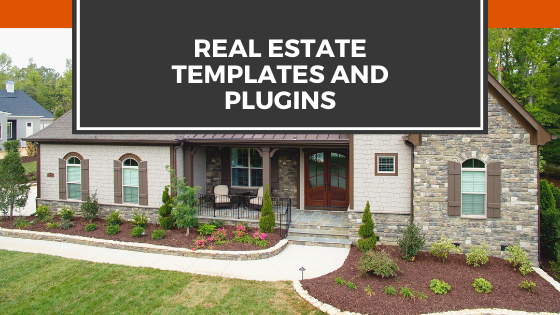One of the most remarkable things about the growth of online real estate websites is that the majority of the visitors represent an ideal demographic. They earn more money with average median income of $60,000+, and they have homes with a value of at least $200,000. This represents a fantastic opportunity for real estate websites and capturing these visitors has become a major source of ad spending.
Online real estate ad spending will reach 1.8 billion this year alone, which equals approximately 15% of the projected 11.7 billion in total real estate ad spending. More interestingly however, is the speculation that these figures should more than double. As more attention is paid to online demographics, much of the money that will flow into real estate advertising will be shifted away from traditional outlets such as newspaper classified advertising and into online avenues.

However, in order for your ads campaigns to be successful the design of your real estate site has to be responsive and organized. There are a lot of WordPress real estate templates and plugins such as iHomefinder and IDX Broker which will help you make a professional looking website and your ROI will get much higher. If you want to learn more about iHomefinder vs IDX Broker definitely check out this IDX review.
Online ads offer much more investment opportunity then traditional formats. A single online ad can be tracked through to the single click of a single user, thus making tracking both effective and efficient. The end result is the ability to tailor an advertising campaign to a market that can be authored based on substantial real world information. The online ad medium offers real estate websites an opportunity to effectively track their ROI by pricing their traffic and by actual leads and not only distribution. This is a very efficient way to monitor how successful a particular ad campaign is.